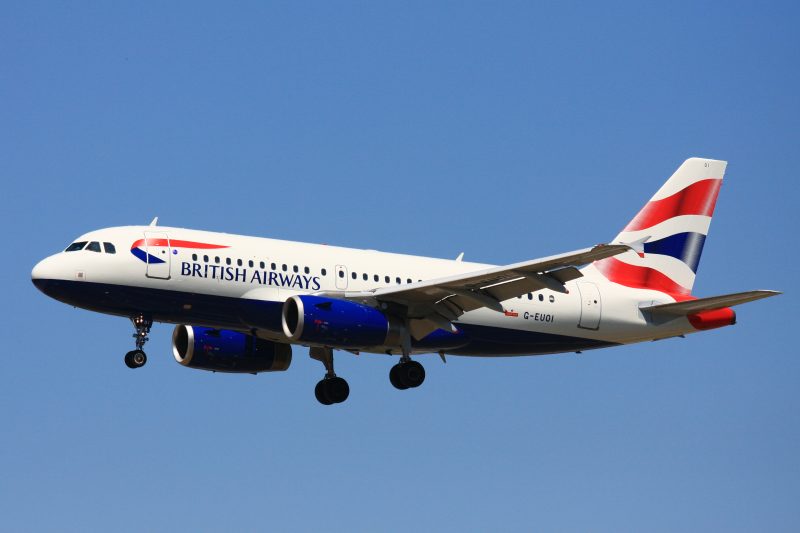Flying planes has always presented many risks. But nowadays, we’re in a better position than ever before to make sure that safety is taken care of. Here’s the technology that’s helping secure flight safety.
Runway Safety Warning System
One of the biggest challenges in flying an aircraft is landing it on the runway. This is the point at which some of the most dangerous flying disasters have taken place. They usually come about when there are added risk factors to contend with, such as adverse weather conditions. The Runway Safety Warning System allows pilots to be kept in the loop with regard to what’s happening on the runway. This stops plays landing while other planes are still on the runways, for example.
Weather Radar
In today’s cockpit, it’s vital for pilots to be able to know what the weather is doing. The weather radar has been around for a long time, but the latest technology is improving all the time. When a pilot can see what kind of weather is ahead of him or her, they can change their route if necessary. A pilot will always navigate the plane around a large storm rather than fly through it if at all possible. Sometimes this can’t be done, but in many cases, thanks to the weather radar on the plane, they can.
Logbook Software
Logbooks allow pilots to record data and information about their flight history and plane maintenance. This is important because it allows pilots to pick up on trends and problems can be picked up and rectified more quickly. They’re especially important for young pilots who are still in the process of developing as a pilot. And every pilot should record plane maintenance. They can be very useful for private pilots who use their own planes to fly. This used to be done on paper, which is not very secure, but now pilot logbook software is used.
Traffic Collision Avoidance System
By using data from Mode C planes, the Traffic Collision Avoidance System makes the pilot aware of any potential problems that are up ahead. The system works by picking up replies from radar interrogation signals. The data that is received will include information about the plane’s speed and altitude. This then allows the pilot to divert its course and make sure that the potential collision is comfortably avoided. The two systems in the planes will instruct the pilots what to do. One will usually fly higher while the other will fly lower.
Low Level Windshear Alert System
A microburst is a rapid change in conditions in the air. These then cause windshears and often have the potential to cause planes to stall as they descend during storms. They have led to planes crashing shortly before landing in the past. These changes can now be picked up by a Low Level Windshear Alert System. The system will deliver instructions to the pilot if this change is detected in the air. This allows them to react accordingly and make sure that the plane is landed safely.









